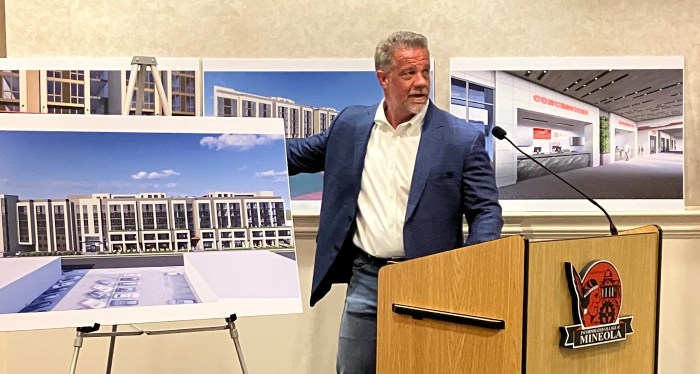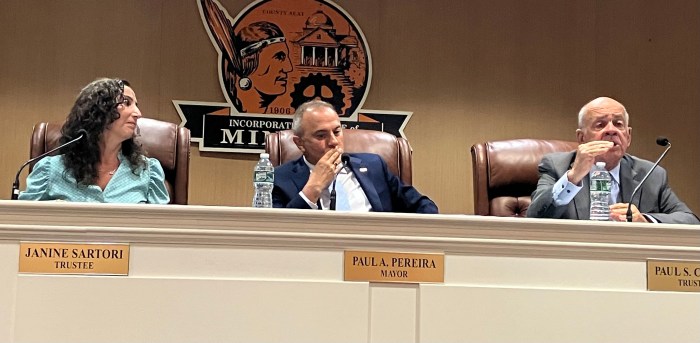
Whether it’s by sea, air, or the open road, photographer John Ciesla has an affinity for all types of transportation.
“If it moves, I’ll take pictures of it,” said Ciesla. “I’ve always been interested in every type of transportation.”
Boats, planes, automobiles, subways and street cars have all found themselves the subject of Ciesla’s camera lens for the past 55-plus years. Though he enjoys portraits, landscape and travel photography, snapping shots of transportation has a special place in his heart.
“It’s recording history,” said the Mineola resident. “You look back at these old photos and see how much has changed.”
Ciesla has captured the aviation industry’s transition from propeller engine to jet engine planes, as well as the development of subways, street cars and passenger trains. The evolution of New York City transit hubs, such as Penn Station, Grand Central Station and LaGuardia Airport, have also been documented.

The subjects aren’t the only things that have changed. When he started taking photos as a teen in the 1950s, airports had pretty unlimited access, and some of Ciesla’s fondest memories as a child growing up in Forest Hills include taking photos of planes at LaGuardia Airport.
“We used to ride bikes through the old World’s Fair grounds before Shea Stadium was built, up to LaGuardia, and then chain our bikes to one of the posts behind the terminal building. There would be people getting on planes and we’d just walk around the terminal,” Ciesla said. “You could open almost any door. If you wanted to take a picture, you just opened a door, took a picture, closed the door and went on your way. There was no security like you have today. It was a totally different environment.” Over the years, the photography equipment has changed a great deal as well. Ciesla has embraced the transition to digital cameras and editing, saying he enjoys the freedom to experiment. As opposed to before, when he was using expensive film and had to wait until the prints came back to know if the pictures came out right, now he can just look at his camera screen and click away, making adjustments as he goes.
“All the knowledge you knew from the film era, you reuse in the digital era,” Ciesla said, who uses a Pentax K-5 and K-3 SLR. “It still comes down to exposure and focus. The nice thing with a digital camera is you can experiment. If something doesn’t come out, you just delete it. You can see if you make a mistake right there and make the corrections.”

Ciesla was able to turn his love of transportation into a profession. After high school, he became a technical illustrator for companies such as Northrop Grumman and Republic Aviation, before working for the MTA headquarters and then Conrail for almost 35 years. He always had a camera in his bag, and when opportunities arose, never missed a chance to take a few shots of the rail road.
He’s published 21 books on photography, including six volumes focusing solely on trains. He said one of his favorite places to take photos was Alaska (which he also published a book on) and locally, he loves snapping close-up photos at Clark Botanic Gardens, especially in the autumn.
Ciesla’s work is currently taking center stage at an exhibit at the Mineola Memorial Library. Through Oct. 29, visitors to the library can see his photos from his book, A Half Century of Transportation Photography, a collection that spans from 1958 to the current time. Among the photos are several from Mineola.
“It’s satisfying to be able to exhibit a sampling of almost a lifetime of photos,” Ciesla said. “There was a rather long wait, but it was worth it.”


































